Ivy Substation
1907
9070 Venice Boulevard – map
Declared: 2/1/78
The Los Angeles Pacific Railway built this Mission Revival substation at the junction of three rail lines – the Redondo Line, the Venice Short Line, and the Santa Monica Air Line. Named after the real estate tract Ivy Park (absorbed when Culver City incorporated in 1917), the substation was constructed in the summer of 1907, a year after the Southern Pacific became the Pacific Railway’s majority owner. As one of the company’s largest substations, converting AC to DC, the substation most famously powered the company’s Balloon Route Trolley Trip tourist line. Now I have to find out what the Balloon Route Trolley Trip was…
The Electric Railway Historical Association of Southern California tells us the Balloon Route “was the most famous trolley trip in the west.” In an old interview, Mr. C.M. Pierce, former owner of the Glen-Holly Hotel at Yucca and Ivar Streets in Hollywood, said he took over managing the under-promoted Balloon Route Trolley Trip on Thanksgiving Eve in 1904. Pierce, through “advertising bombardments”, grew the route’s excursions from just one car to as many as eighteen carloads a day. It was parlor car No. 400, formerly General Moses H. Sherman’s private car, which led the excursions for years and which Pierce had rented for $15.00 a day.
The route covered more than 101 miles for the cost of one hundred cents (i.e. a dollar). All told, the Balloon Route excursion visited ten beaches and eight cities during its seven and a half hour trip. The railway called it the Balloon Route because the line’s loop was shaped like a big balloon, even though it clearly wasn’t, as evidenced in the map below.
(USC Digital Libraries Archive)
The trolley, complete with a white-capped guide, would take off out of the Hill Street Station downtown (originally out of the Fourth Street Station), passing “the main hotels, railroad offices, Court House, the old Spanish Plaza and Chinatown, the battle-ground of Generals Fremont and Pico, through the oil district and past the Sisters’ Hospital on Sunset Boulevard, and along the foothills to the famous Cahuenga Valley and that modern “Garden of Eden” – beautiful Hollywood”. Here, the trolley would stop at Hollywood’s first tourist attraction, the home of painter Paul de Longpre at the northwest corner of Hollywood and Cahuenga. Across the street from the house was a freight station where the cars would stand by while passengers would visit de Longpre. Here’s a picture of Balloon Route tourists posing in front of the house (demolished in 1925).
Posing at de Longpre's (L.A. Public Library)
At the National Soldiers' Home in Sawtelle (Alaska's Digital Archives)
The trolley traveled through Sherman (West Hollywood) and on to Sawtelle’s National Soldiers’ Home where the passengers would have another group photo taken (the photographer would race back to his lab, develop his film, and sell the photos to the tourists later that same day). After that, it was coastward through Westgate and Brentwood Park (“modeled after Golden Gate Park, San Francisco”) to Santa Monica and its Camera Obscura and Long Wharf. The trolley also visited Ocean Park for a ride on the roller coaster and Playa del Rey for a fish lunch. Passengers would check out “Venice of America” and Redondo’s pier and Moonstone Beach, too. The trip ended by taking the Air Line Route back to Palms where they’d watch some silent movies before heading back downtown.
Pierce operated dozens of Balloon Route trips from San Francisco to San Diego. After the “Big Merger” with the Pacific Electric in 1911, he went on to become the company’s Manager of Excursions, adding the Orange Empire, Old Mission, and Triangle Trolley Trips to his responsibilities.
The Ivy Substation last supplied juice to the Santa Monica Air Line’s sole daily round-trip passenger run in 1953. By the late 1970s, vacant for decades, the building had become “a home for pigeons and hobos”, with more than 300 transients living there. (There's a shot of the substation at its nadir on page 93 of McGrew and Julian's Landmarks of Los Angeles.)
In 1982, when the city of L.A., which had bought the building five years earlier, advertised it wanted commercial and nonprofit groups to submit bids to purchase or lease the substation, Culver City jumped in the following year and offered to lease the building and turn it over to a nonprofit organization. The two cities eventually did agree to a forty-year lease, but, with typical governmental swiftness, that wasn’t until 1987. Part of the deal called for Culver City to spend $1 million not only to renovate the building's interior, leaving its brick shell intact, but also to upgrade the adjacent two-acre Media Park, which Culver City had been trying to get its hands on since 1963.
“A copy of the metal fountain that recirculated water used to cool the machines inside.”
A $1.9 million rehabilitation project on the substation and park began in 1991. Milford Wayne Donaldson handled the renovation’s design and construction plans while the contractor was the Driver-Eddy Construction Company. The substation re-opened as a community center in April 1993, boasting a 3,500 square-foot main room.
“Fake power lines feed into the stuccoed exterior from fake power poles.”
Steven Ehrlich Architects and Matt Construction converted the old substation into a 99-seat theater in the fall of 2002. The resident company is Tim Robbins’s The Actors’ Gang. Maintenance and operation of the substation and park fall to the Culver City Redevelopment Agency.
The last major remaining structure built by the Los Angeles Pacific Railway Company, the Ivy Substation is also listed on the National Register of Historic Places.
Sources:
“Balloon Route Excursion Souvenir” June, 1907 Wood’s, Inc. Los Angeles, CA
Duke, Donald Pacific Electric Railway, Volume Four: The Western Division Golden West Books 2004 San Marino, CA
Mitchell, John L. “Culver Urges L.A. to Fix Rundown Red Car Building” The Los Angeles Times; Jul 17, 1983, p. WS1
Burbank, Jeff “Culver City to Lease Substation, Park” The Los Angeles Times; Nov 27, 1986, p. 1
Hirabayshi, Bernice “Getting a Line on History Redevelopment: Culver City Preserves a Dilapidated Red Car Power Substation by Converting It into a Community Center.” The Los Angeles Times; Apr 15, 1993, p. 1
Up next: (Site of) West Façade of the Pan Pacific Auditorium
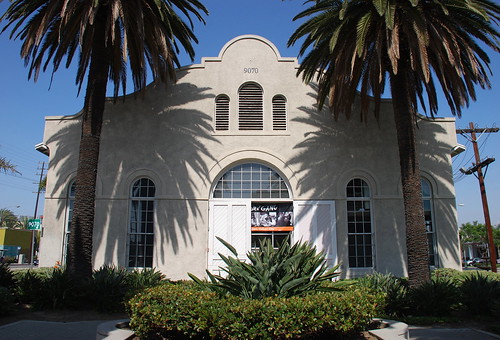

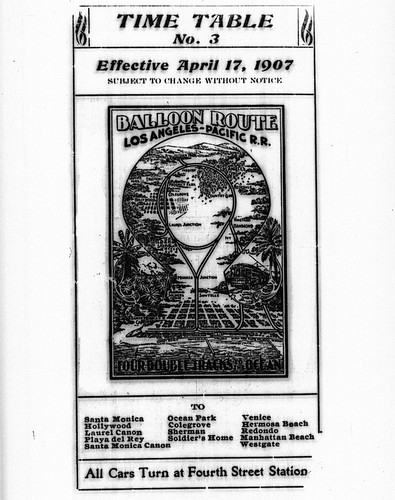
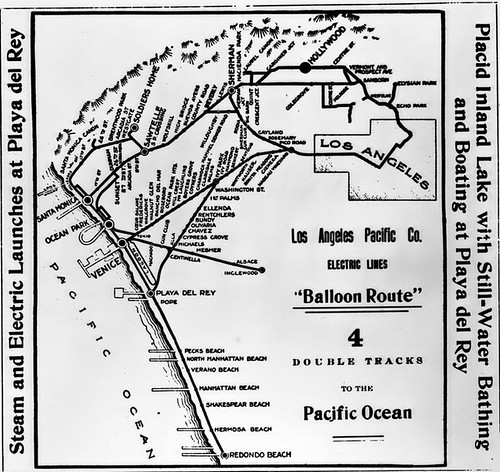
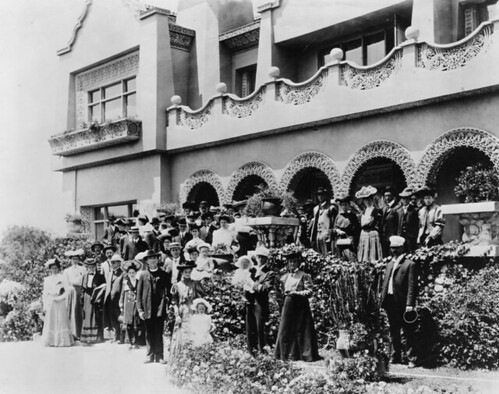
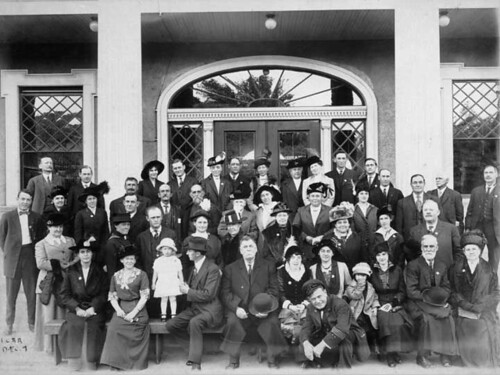
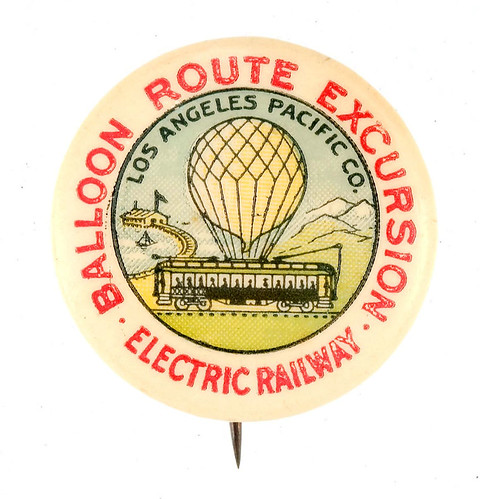
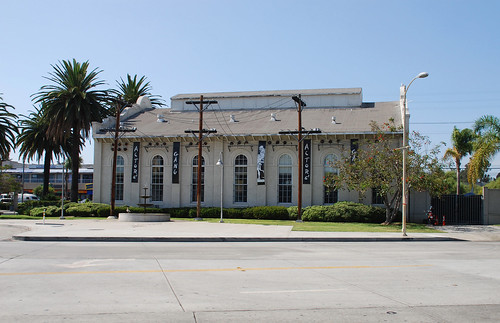
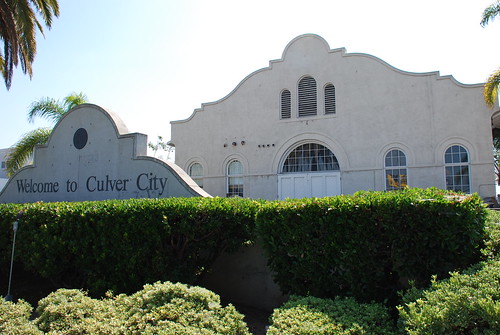
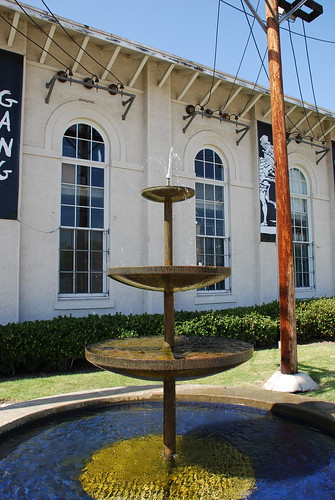
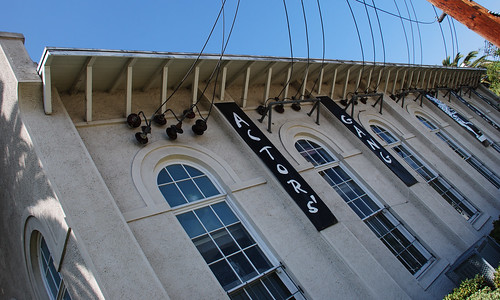
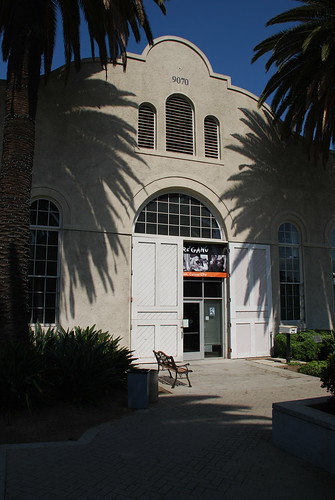

1 comment:
The Balloon Route, from a 1910 brochure:
http://www.pacificelectric.org/pacific-electric/western-district/daily-balloon-route-excursion-brochure-1910/
"Morocco Junction" was where the old WPA-era Beverly Hills Post Office was. That building still exists but is no longer a post office, but is now a performing arts center and exhibition space. Sadly, that must mean you can no longer simply walk inside the way you can with a post office.
I love the blog!
Post a Comment